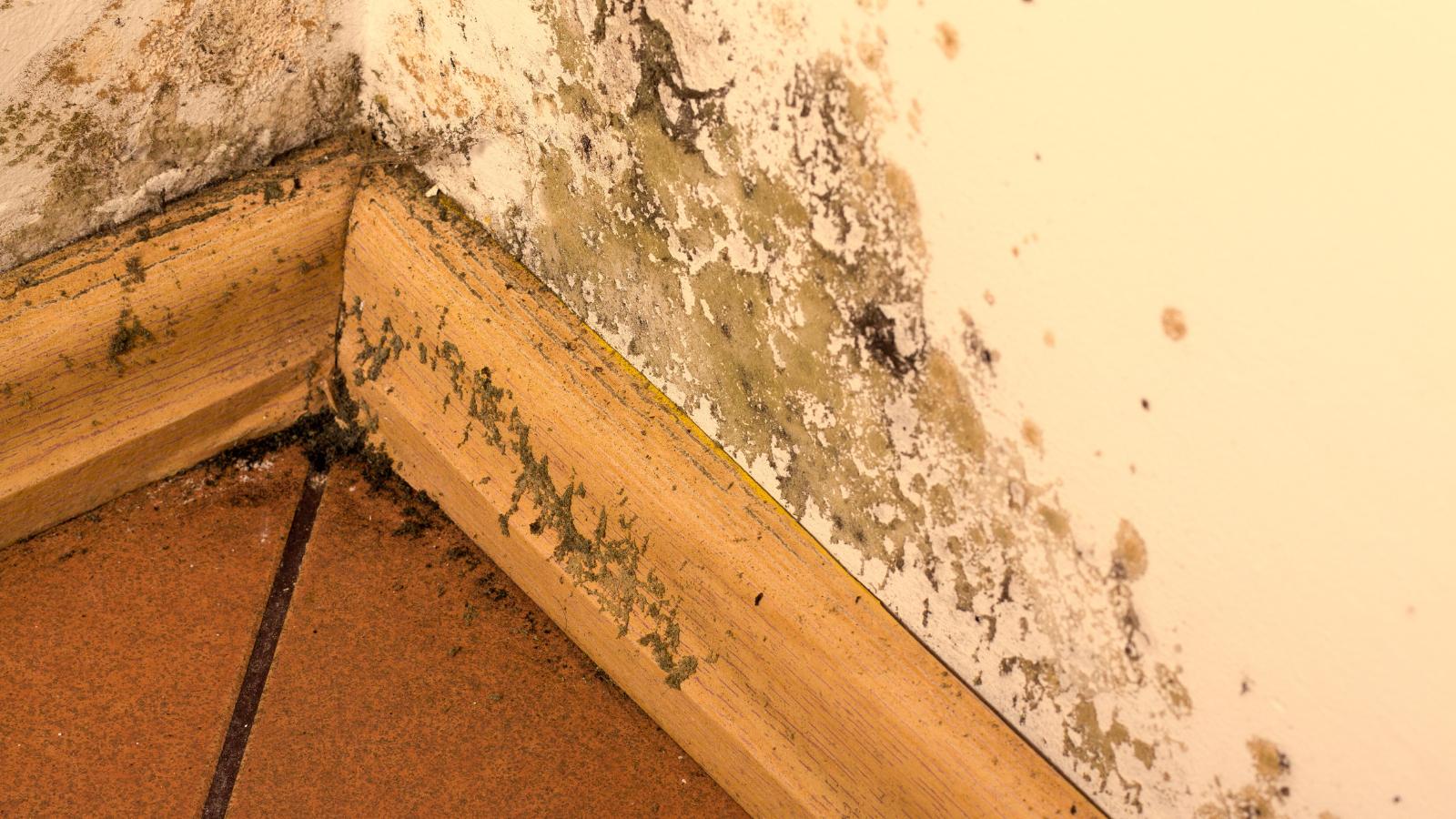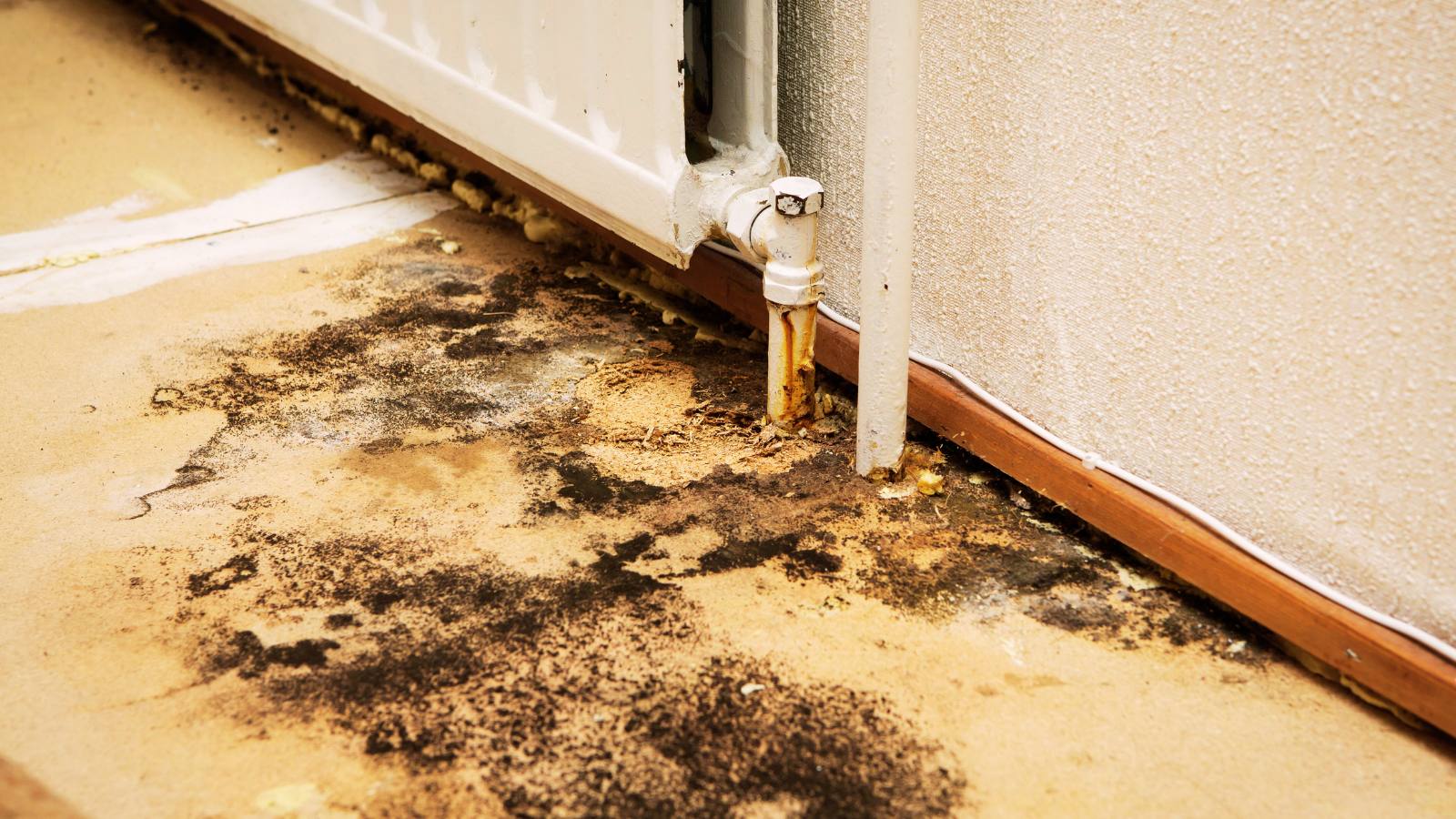Mold vs. Mildew: Everything You Need to Know and How to Handle Them
At CRC, we understand the importance of knowledge when it comes to mold and mildew. While these topics might be unpleasant, they are common issues...
5 min read
Sarah Chadwick
September 29, 2023
.jpg)
Mold issues in commercial buildings can have far-reaching consequences, impacting both the well-being of individuals and the integrity of the property. Recently, we had the privilege of hosting a webinar where our knowledgeable experts delved deep into the intricacies of mold growth, remediation, and prevention.
In this article, we have distilled the invaluable insights shared during the Q&A session of our webinar, providing you with practical and actionable advice. And here's the best part - we have embedded the entire webinar recording for your convenience, so you can listen to it at your leisure. Although we addressed questions throughout the webinar, the Q&A session starts at 43:41.
To get started, let's dive into the first question:
The Centers for Disease Control and Prevention (CDC) and the Environmental Protection Agency (EPA) state that mold can start to grow within 24 to 48 hours under certain conditions. However, it's crucial to remember that there are several factors influencing this timeline. These include the category of water involved, the cleanliness of the building, and the types of building materials affected. Furthermore, if mold was already present but not visible prior to water damage, it could affect the rate of growth. This highlights the importance of thorough inspections and timely interventions when dealing with potential mold situations.
The first indication is often a musty odor pervading your building or structure, acting as a warning sign. This smell typically begins faintly but can intensify over time, particularly in warmer conditions. As the mold grows and catalyzes, usually around the 18-21 day mark, it starts to release microbial volatile organic compounds (MVOCs). These MVOCs are responsible for the distinctive musty scent associated with mold. Therefore, if you detect an unusual, musty smell, it could be an early alert to a potential mold problem.
The answer isn't straightforward as it greatly depends on individual sensitivity and environmental factors. Some may experience immediate effects, others may face delayed reactions, or in some cases, there could be no apparent effects at all. This variability is one reason why mold regulations differ across states. Furthermore, the duration of exposure and whether it is acute or chronic also plays a significant role in how mold impacts humans. Therefore, understanding these factors is crucial when addressing mold issues, emphasizing the need for personalized approaches to mold mitigation.
The key aspect is maintaining open communication with the adjuster about what has transpired. Coverage limits and mold riders can affect how much of the damage is covered by insurance. When working with a contractor, it's crucial to consider both the presence of mold and the overall moisture in the environment. Often, wet material, whether it's mold-infected or not, needs to be removed.
This process should be carried out under safety precautions and in line with the categories of water damage. After removing the wet material, any additional areas exposed to mold are treated according to a specific protocol. This approach allows for the mitigation of water damage first, followed by addressing the mold issue, which may provide more progression in remediation efforts.
However, claiming mold damage right away might lead to larger bills that you're responsible for. Hence, it's advisable to consult with a professional before making such decisions. Clear communication between all parties involved, including the hygienist, contractor, adjuster, and owner, is vital to effectively handle the situation and restore the original condition of the property.
Additionally, while the remediation company documents their work, it's essential for property owners to document the extent of the damage before the remediation team arrives. This includes taking photographs and videos of visible mold growth, water damage, and damage to personal property. This documentation can assist in making the insurance claim and ensuring all damages are appropriately addressed.
The response largely depends on why removal isn't possible. Factors could range from life safety concerns to accessibility issues, such as those that might occur during a hurricane. If immediate removal is not achievable, the focus should shift to mitigating mold or suspected mold growth. This can involve drying out the area, improving air circulation to reduce stagnant air, and treating any visible signs of mold to inhibit its growth patterns. However, it was emphasized that time is typically the most critical factor in these situations, underscoring the importance of prompt action whenever possible.
The decision hinges on three critical factors. Firstly, the level of training and certification of the in-house team, including their understanding and use of Personal Protective Equipment (PPE). Secondly, the extent of insurance coverage, encompassing workers' compensation, general liability, and errors and omissions insurance. Lastly, but most importantly, state laws come into play. Depending on the jurisdiction, certain regulations may dictate the course of action.
Moreover, it's crucial to follow the guidelines set by the EPA for mold remediation in schools and commercial spaces, particularly in relation to the size of the affected area. Typically, professional help is sought when dealing with areas larger than ten square feet. However, the final decision often comes down to the level of liability that the company and its employees are willing to assume. It's essential to consider these aspects alongside the health implications for the individuals involved. In most cases, upon reflection, businesses tend to lean towards engaging professional remediation services, unless the issue is minor and manageable in-house.
Understanding the importance of Personal Protective Equipment (PPE), knowing when to use it, and ensuring compliance with annual health evaluations and fit tests were emphasized.
Having a concrete safety plan in place is paramount. This includes clear guidelines outlined in employee handbooks and understanding the course of action during emergencies.
When to call in restoration professionals depends on the organization's disaster management program. It was advised to lean on these professionals, much like you would with accountants or attorneys, to help build your disaster plan.
Understanding your insurance policy is crucial—know what it includes, what your General Liability (GL) covers, and the specifics of your worker's comp policy. It was noted that even environmental consultants have limitations on what they can do, and it's important to know your policy language and meet with your broker to understand what will be covered if a situation arises. In essence, preparedness and knowledge are key in handling mold remediation effectively.
The key lies in proactive maintenance of your building's envelope and paying close attention to potential problem areas such as water pipes, especially in older buildings. Knowing where your water shut-offs are and understanding where most water intrusions occur can significantly mitigate the risk of mold. Regular inspections of roofs, sprinkler heads, freshwater lines, and sewer lines by maintenance staff or through a consistent inspection program can play a significant role in mold prevention.
In the event of an incident, having a plan in place with your contractor and hygienist is crucial. Knowing who to call when disaster strikes will ensure swift action, reducing the likelihood of severe mold growth. This is particularly important in hurricane zones, where storm surges can lead to significant water intrusion. Prevention is the best strategy against mold, and often, the common-sense steps are the most effective in preventing mold growth.
From understanding the early signs of mold to navigating insurance claims and prevention strategies, being well-informed is the first line of defense against mold-related issues. Remember, knowledge empowers proactive decision-making. If you suspect mold in your building, don't let it escalate. Take action today by contacting CRC for professional assistance in mold remediation.

At CRC, we understand the importance of knowledge when it comes to mold and mildew. While these topics might be unpleasant, they are common issues...
.jpg)
Appliances have a limited lifespan and can eventually result in water damage, especially water heaters. It is crucial to be able to identify...

Mold can strike fear into building owners and property managers, but don’t worry, you will feel relieved when you hearhow professionals remove mold...